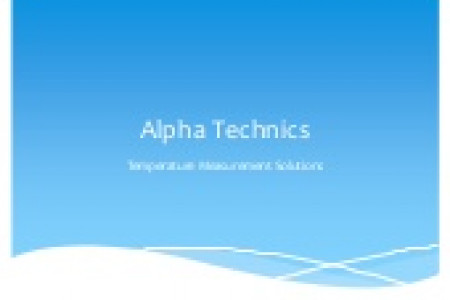
How to Design Better Research Posters
TIPS FOR DESIGNING BETTER RESEARCH POSTERS Research posters are a common way to show the results of a project in the academic community. Researchers present posters at conferences as a way to communicate their work in a summarized way to a broader audience. The research poster must be clear, concise and attractive in order to generate discussion and feedback from colleagues. However, it is not easy to achieve those goals when putting all your work in a layout. Here are some tips to help you design effective research posters that stand out. • PREPARATION LAYOUT Before creating your poster you should consider the following Don't cram everything too tightly into the space. Aim for a word count of about 300 to 800 Keep the title short and concise! quesțions: words. - What is your target audience? - What is your main message? - What does your viewer need 'negative' create a grid to give your Use areas and to know? content room to breathe. Once you've decided on the main content, make a rough Find a focal point that will help draw your viewers in. draft or storyboard with the information, tables and graphics you need. PHOTOS AND GRAPHICS • TEXT Use diagrams, graphs to help explain complex information visually. Keep about a 50/50 ratio of or flowcharts Keep in mind that important informațion should be readable from about 2-3 meters away graphics to text. 1. and attract interest from about 2. 3. five meters. Keep in mind the resolution of your graphics, use at least images with 150 dpi but no larger than 300. 4. 5. Use of bullets, numbering, and. headlines, make it easy to read. However, do not add bullets to secțion headings, better use a larger demarcațing secțions. AAA Images that look good online not be high enough resoluțion to look good in print at the size you want them to bolded, font for may Avoid blockss of text longer than be. 10 sentences. COLOR Wordar Use a sans-serif font like Arial or Helvetica and keep size Try not to different colours or gradients stick to a 3-5 color palette. use too many around 70 100 pts, subheadings around 40 pts and body text around 24 pts. Lor m ipsum doi sit ar iet, cor ect tur Don't clutter the top of your poster with logos, better put Avoid using unnecessary and a lipiscing sed do e. ismod inc. uunt distracțing background Sometimes less is more, avoid them on the bottom and tem or make them really small. textures or decorațion. any three-dimensional text or graphic. Use a plain and light color background, deep blues and backgounds produce posters that are too dark and difficult to read. black often PRINTING AND PRESENTING SOFTWARE Save the file in a PDF format with the correct size, if possible print a draft first and double check for mistakes. Microsoft Powerpoint is the popular, easy-to-use software. However it is not the best option for poster design. Consider preparing handouts of your poster. Adobe InDesign and LaTeX are the best options for text edițing and layout but can be complex to use. Another option is Adobe Illustrator or Photoshop which are perfect for images and graphs. References: http://colinpurrington.com/tips/poster-design http://www2.napier.ac.uk/gus/writing_presenting/academic_posters.html http://guides.nyu.edu/content.php?pid=174875&sid=1471879
How to Design Better Research Posters
Publisher
Writer
Source
http://www.r...ch-papers/Category
ScienceGet a Quote









